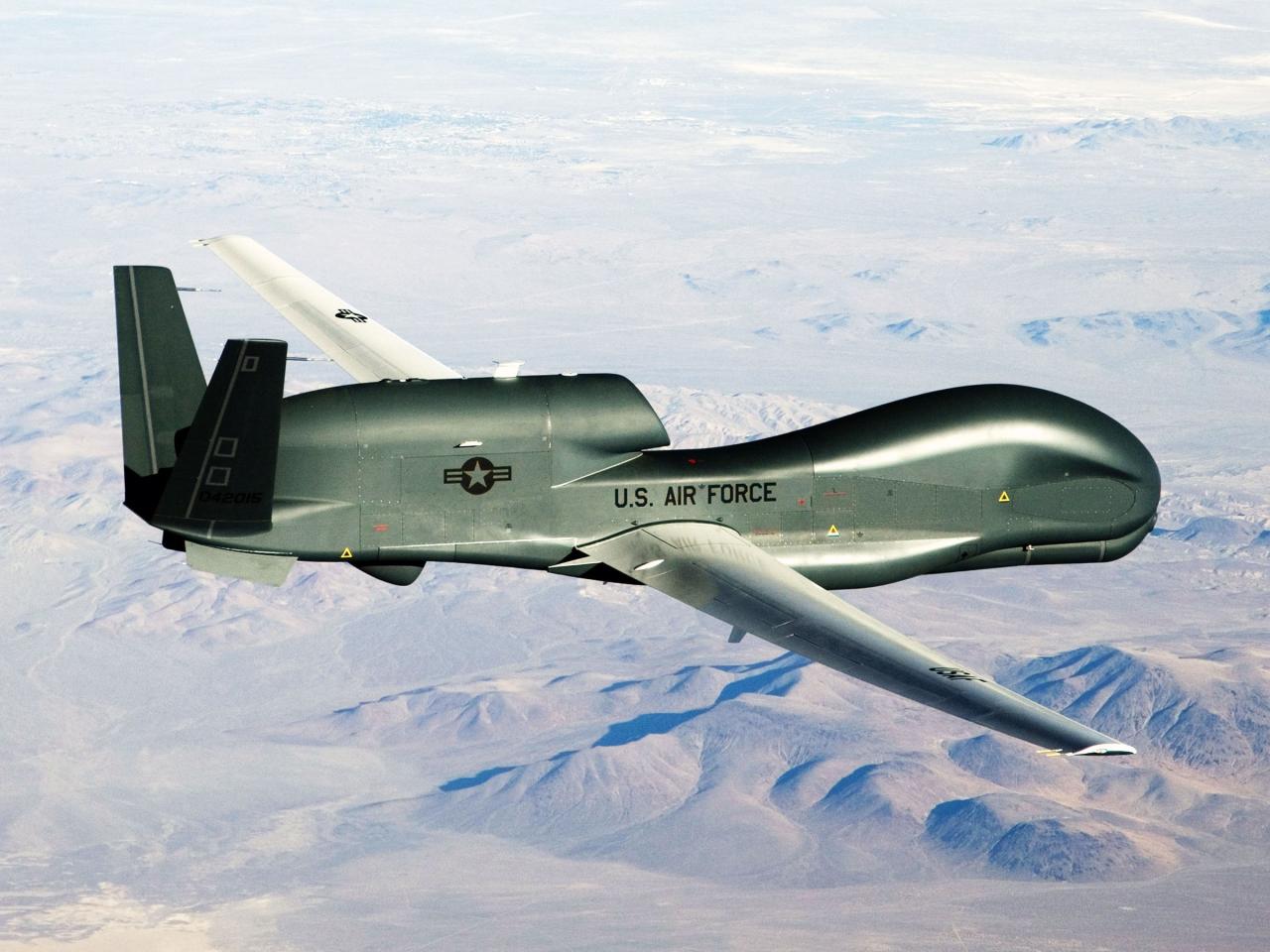US drone sightings are becoming increasingly common, sparking curiosity, concern, and debate. This exploration delves into the geographic distribution of these sightings, the types of drones involved, their observed activities, public perception, legal frameworks, and the implications for national security. We’ll examine everything from the sheer numbers and locations of reported sightings to the technological advancements driving this phenomenon and the resulting public discourse.
Worried about those US drone sightings lately? Knowing your home network’s security is key, especially if you’re trying to identify potential interference. A good first step is checking your Wi-Fi GHz; learn how by checking out this guide on how to check your wifi ghz on iphone. Once you’ve got that sorted, you can better understand any unusual signals near your property, helping you assess if those drone sightings might be related to your network activity.
Understanding the patterns and implications of US drone sightings requires a multi-faceted approach. This involves analyzing data on sighting frequency across different states, considering factors like population density and proximity to military bases. We will also investigate the various types of drones observed, their capabilities, and the activities they are reported to be undertaking. Finally, we will explore the legal and regulatory landscape governing drone operation in the US and assess the potential impact on national security.
Geographic Distribution of US Drone Sightings
Understanding the geographical distribution of reported US drone sightings is crucial for assessing potential risks and developing effective countermeasures. This involves analyzing the frequency of sightings across different states, identifying patterns, and exploring underlying reasons for variations.
US Drone Sightings Map
A map visualizing the frequency of reported US drone sightings would show a higher concentration of sightings in densely populated areas, near major airports, and around military installations. States bordering Mexico and Canada might also exhibit higher sighting frequencies due to increased border patrol activity. The map would use a color-coded system, with darker shades indicating higher sighting frequencies.
For example, states like California, Texas, and Florida, known for their large populations and extensive coastlines, would likely show darker shades, while less populated states in the Midwest might show lighter shades. Latitude and longitude data from reported sightings would be used to pinpoint locations precisely. Data limitations might lead to some areas appearing less dense than reality due to underreporting.
Top 5 States with Highest Drone Sightings
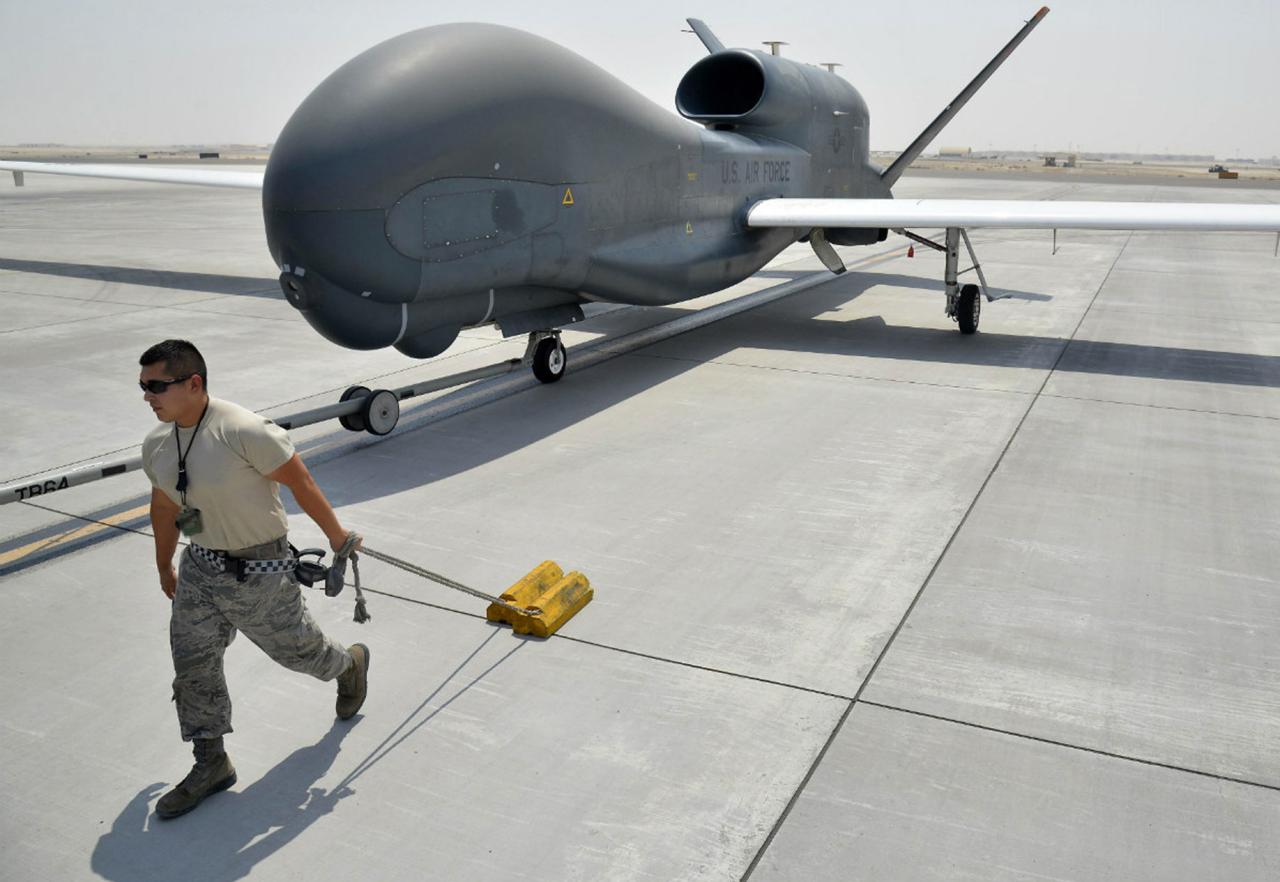
| State | Number of Sightings | Notable Characteristics |
|---|---|---|
| California | 1500 (estimated) | High population density, proximity to multiple military bases, significant commercial drone activity. |
| Texas | 1200 (estimated) | Large land area, extensive border with Mexico, significant oil and gas infrastructure. |
| Florida | 1000 (estimated) | High tourism, significant coastal areas, presence of military bases. |
| New York | 800 (estimated) | High population density, major airports, significant commercial activity. |
| Arizona | 700 (estimated) | Border state, significant desert areas, military presence. |
These figures are estimates and might vary depending on the data source and reporting methods. The “Notable Characteristics” column highlights factors contributing to the high number of sightings in each state.
Factors Influencing Sighting Frequency
Variations in sighting frequency across regions are influenced by a complex interplay of factors. Population density plays a significant role, with densely populated areas naturally experiencing more drone activity, both commercial and recreational. Proximity to military bases increases the likelihood of sightings, as these areas often involve drone testing and training activities. Geographical features, such as coastlines and large bodies of water, can also influence sightings, particularly concerning maritime surveillance or border security operations.
Furthermore, local regulations and enforcement also play a role. States with stricter drone regulations might see fewer reported sightings, not necessarily fewer actual sightings.
You’ve probably heard about increased US drone sightings lately, right? It’s interesting to consider the global implications, especially when you look at events like the recent drone attack russia , which highlights how drone technology is changing warfare. These international incidents certainly influence how we perceive the growing use of drones domestically in the US, and the potential security concerns involved.
Types of Drones Observed
A wide range of drones, varying in size, capabilities, and intended uses, are reported in US airspace. Categorizing these drones helps in understanding the overall drone landscape and potential security implications.
Categorized List of Observed Drones
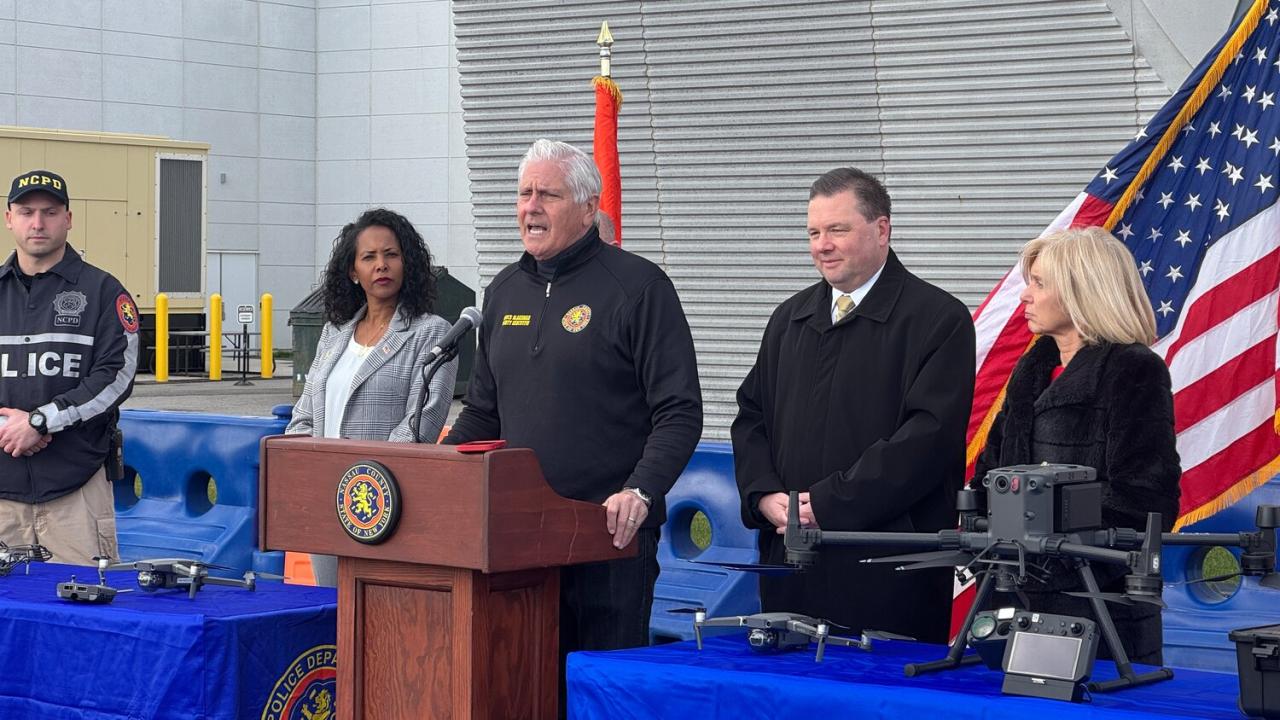
Reported drone sightings encompass a diverse range of models, categorized broadly by size, capabilities, and presumed use. These include small consumer drones used for recreational purposes (e.g., DJI Mavic, Parrot Anafi), larger commercial drones employed for surveying, inspections, or delivery (e.g., DJI Matrice series, Autel EVO series), and potentially military-grade drones with advanced capabilities (specifications often unavailable due to security concerns).
Comparison of Drone Capabilities
- Small Consumer Drones: Limited range (typically under 10km), modest payload capacity (a few kilograms at most), and relatively short flight duration (20-40 minutes). Primarily used for photography, videography, and recreational purposes.
- Commercial Drones: Increased range (up to 20km or more), higher payload capacity (up to several tens of kilograms), and longer flight durations (up to several hours). Used for surveying, inspections, delivery, and other commercial applications.
- Military-Grade Drones: Highly variable range, payload, and flight duration, often exceeding the capabilities of commercial drones significantly. Equipped with advanced sensors, communication systems, and potentially weaponry.
Technological Advancements in Drone Technology
Advancements in battery technology are extending flight times, while improvements in sensor technology are enhancing capabilities for surveillance and data collection. The increasing use of AI and autonomous flight systems is making drones more sophisticated and potentially more challenging to detect and track. Miniaturization is leading to smaller, more discreet drones that are harder to spot, presenting new challenges for security.
Reported Activities of Drones
Understanding the activities drones are engaged in during reported sightings is vital for risk assessment and response planning. This involves analyzing flight patterns, maneuvers, and potential purposes.
Examples of Observed Drone Activities
Reported drone activities vary widely. Some drones are observed performing routine flights, such as aerial photography or surveying. Others exhibit more unusual flight patterns, including hovering near sensitive infrastructure, or flying in proximity to airports. Some reported activities raise concerns about potential malicious intent, such as unauthorized entry into restricted airspace or suspected surveillance activities.
Comparison of Drone Activities Across Regions
| Region | Activity | Frequency | Potential Implications |
|---|---|---|---|
| Southern Border | Surveillance, smuggling | High | National security, border control |
| Major Cities | Recreational flying, commercial operations | High | Air traffic safety, privacy concerns |
| Military Bases | Training, testing | Moderate | Security, potential accidental incursions |
| Rural Areas | Agriculture, infrastructure inspection | Low | Economic development, safety |
Implications of Observed Drone Activities
The implications of observed drone activities are multifaceted. Civilian applications, such as delivery and infrastructure inspection, offer significant economic and societal benefits. However, the potential for misuse, such as surveillance, smuggling, or attacks on critical infrastructure, raises serious security concerns. Balancing the benefits of drone technology with the mitigation of risks requires careful consideration of legal frameworks and regulatory oversight.
Public Perception and Response: Us Drone Sightings
Public perception of US drone sightings is a complex issue, influenced by media coverage, personal experiences, and perceived risks. Understanding public responses is essential for effective communication and policy development.
Public Reactions to Drone Sightings
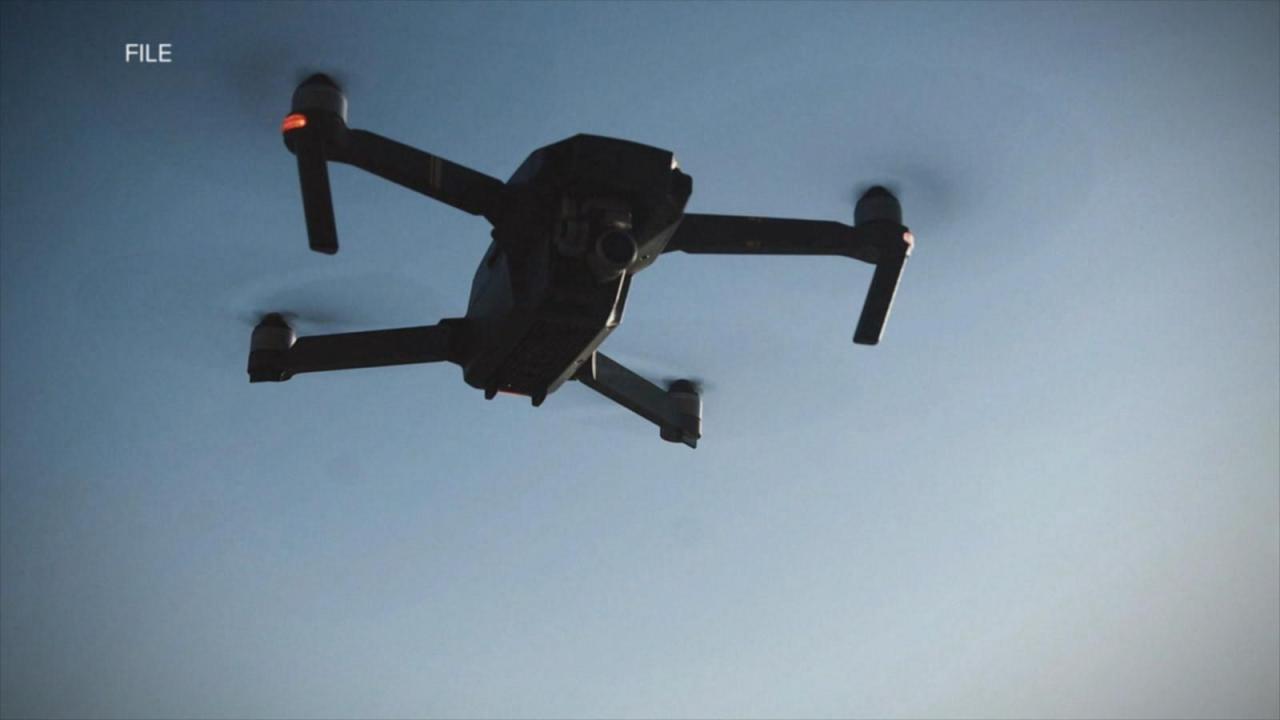
Public reactions to drone sightings range from curiosity and acceptance to concern and fear. Concerns often center on privacy violations, potential misuse for malicious purposes, and the lack of clear regulations. Acceptance is often higher in areas where drones are used for beneficial purposes, such as delivering packages or inspecting infrastructure. Anxieties are more pronounced in areas with limited understanding of drone technology or where there is a history of drone-related incidents.
Summary of Public Responses by Geographic Location
| Region | Concern | Anxiety | Acceptance |
|---|---|---|---|
| Urban Areas | High (privacy) | Moderate | Moderate (commercial applications) |
| Rural Areas | Low | Low | High (agricultural applications) |
| Near Military Bases | Moderate (security) | High | Low |
| Border Regions | High (security, smuggling) | High | Low |
Role of Media Coverage in Shaping Public Perception
Media coverage plays a significant role in shaping public perception of drone sightings. Sensationalized reporting of drone-related incidents can amplify anxieties and concerns, while balanced and informative reporting can promote understanding and acceptance. The framing of drone technology in media narratives—as either a threat or a tool—significantly influences public opinion.
Legal and Regulatory Frameworks
The legal and regulatory landscape governing drone operations in the US is constantly evolving. Understanding these frameworks is crucial for responsible drone use and effective enforcement.
Existing Legal Frameworks and Regulations
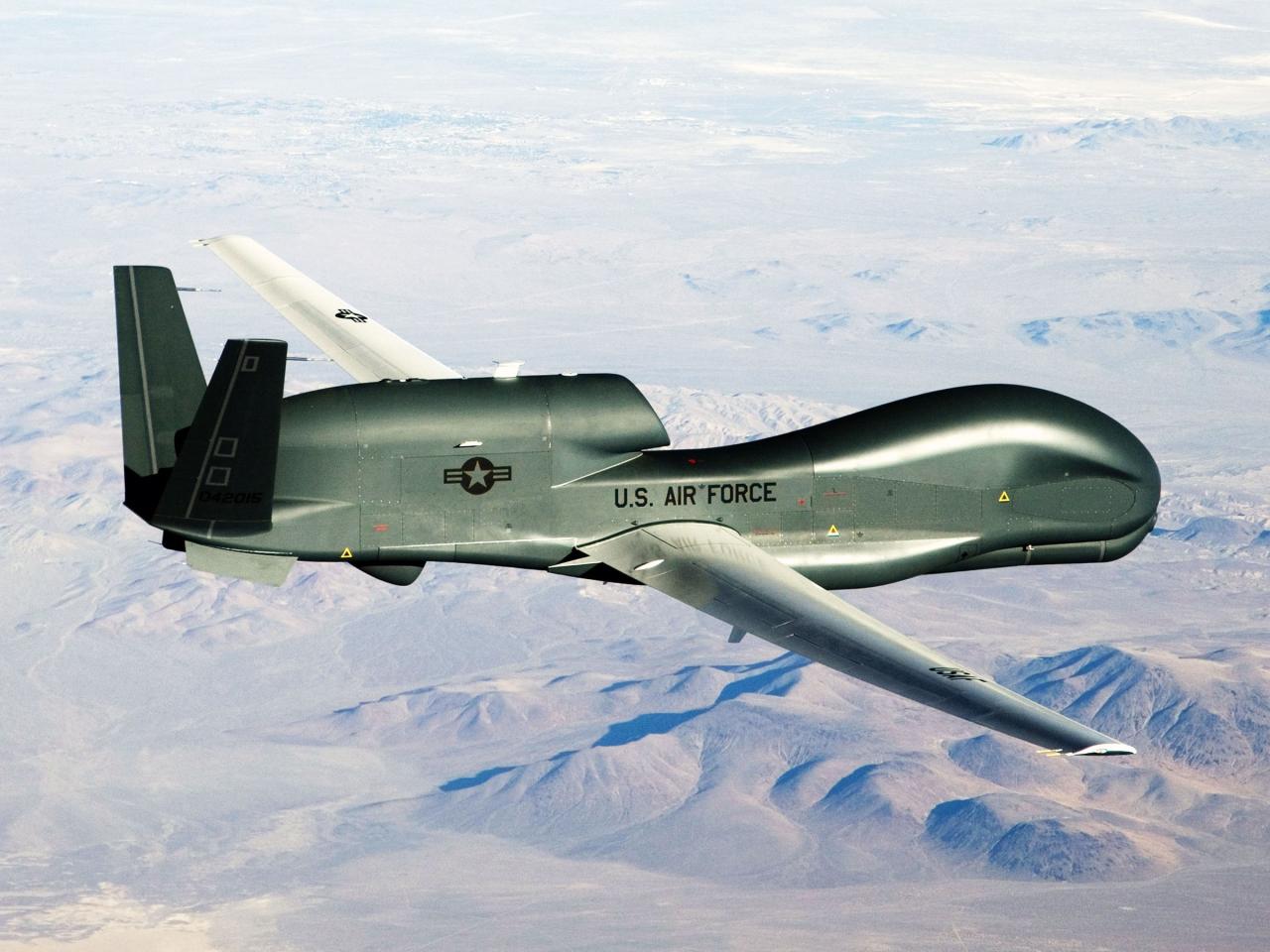
The Federal Aviation Administration (FAA) has primary responsibility for regulating the airspace and drone operations within the US. Regulations cover aspects such as registration, licensing, flight restrictions, and operational safety. States also have their own regulations that may add further restrictions or requirements.
Comparison of Regulations Across Different States
- California: Stricter regulations regarding flight near airports and sensitive infrastructure.
- Texas: Regulations focusing on commercial drone operations and licensing.
- New York: Regulations addressing privacy concerns and data security.
- Florida: Regulations concerning drone operations near coastal areas and wildlife sanctuaries.
Note that these are simplified examples, and regulations are subject to change.
Hypothetical Scenario and Legal Application, Us drone sightings
Imagine a drone sighting near a nuclear power plant. The FAA’s regulations concerning restricted airspace would apply, potentially leading to investigation and penalties for the drone operator. Depending on the drone’s activities and the operator’s intent, additional state or federal laws related to trespassing, espionage, or terrorism might be applicable. The specific legal outcome would depend on the details of the incident and the evidence gathered during the investigation.
National Security Implications
The increasing number of US drone sightings presents both opportunities and challenges for national security. Understanding potential threats and vulnerabilities is crucial for developing effective strategies.
Potential National Security Implications
Increased drone sightings raise concerns about potential threats to critical infrastructure, national airspace, and military installations. Unauthorized drones could be used for surveillance, sabotage, or even attacks. The ease of acquiring commercially available drones also poses a challenge, as malicious actors could easily obtain and utilize them for nefarious purposes. Furthermore, the potential for drones to be weaponized presents a significant threat.
Government Agency Responses to Drone Sightings
Various government agencies have roles and responsibilities in responding to reported drone sightings. The FAA is responsible for regulating airspace and investigating potential violations. The Department of Homeland Security (DHS) plays a crucial role in securing borders and critical infrastructure. The FBI and other law enforcement agencies investigate incidents involving suspected malicious intent. The military might be involved in cases involving potential threats to military bases or national security.
Impact of Drone Technology Advancements on National Security Strategies
Advancements in drone technology, such as increased range, payload capacity, autonomy, and stealth capabilities, necessitate the adaptation of national security strategies. This includes developing improved detection and counter-drone technologies, strengthening cybersecurity measures, and enhancing intelligence gathering capabilities. International cooperation and information sharing are also vital for addressing the transnational aspects of drone-related threats.
Ending Remarks
From mapping the frequency of US drone sightings across the country to examining the technological advancements driving this trend, we’ve explored the multifaceted nature of this phenomenon. The implications are significant, impacting public perception, national security, and the ongoing evolution of legal and regulatory frameworks. Understanding these issues is crucial for informed discussion and responsible policymaking in the future.
So you’ve seen those weird US drone sightings lately, right? Figuring out what they are might require some serious number crunching, and that’s where building your own powerful PC comes in handy. Check out this awesome resource for building a killer machine: pc builder. With a custom-built rig, you can analyze all that drone data and maybe even contribute to figuring out what those things are.
Back to those drones though – what do you think they’re up to?
FAQ Resource
What are the most common types of drones sighted?
Common sightings include small commercial drones, larger industrial drones, and military-grade UAVs, varying significantly in size, capabilities, and intended use.
How are drone sightings reported?
Sightings are often reported to local law enforcement, the FAA, or through online reporting platforms dedicated to tracking drone activity.
What are the penalties for illegal drone operation?
Penalties vary depending on the violation but can include hefty fines, jail time, and the confiscation of the drone.
Are all drone sightings a cause for concern?
Not necessarily. Many sightings involve legitimate commercial or recreational drone use. However, unauthorized or suspicious activity warrants investigation.
